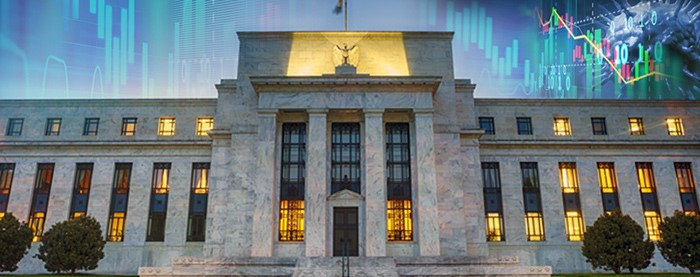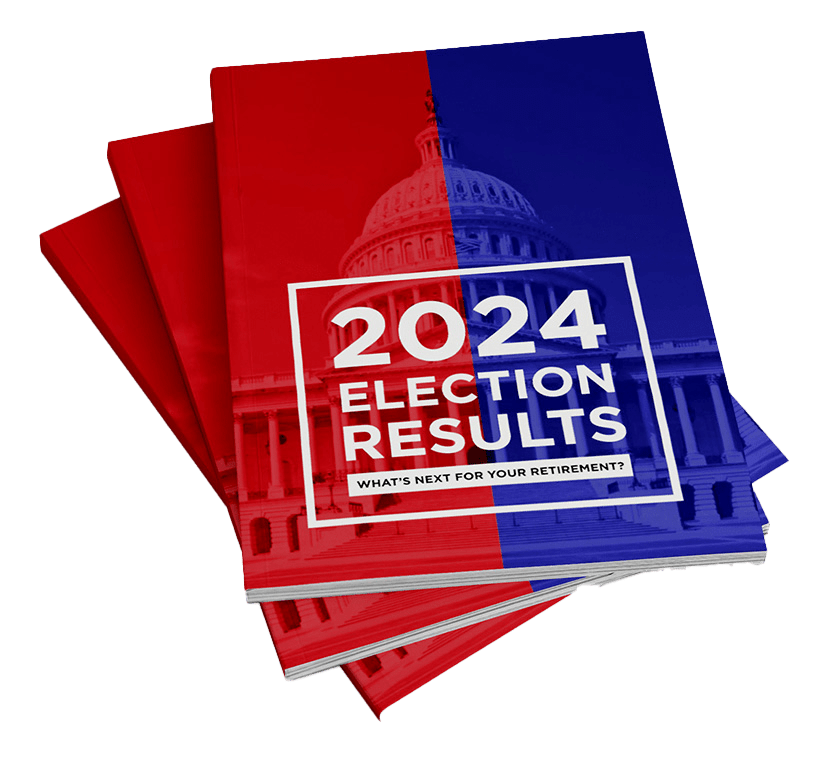Government Acts to Blunt Financial Impact of Global Pandemic
On March 11, the novel coronavirus (COVID-19) was officially declared a global pandemic by the World Health Organization, and two days later President Trump declared a national emergency.1 The unknowns surrounding a new virus make it difficult to predict the potential human and economic toll, but unprecedented steps are being taken to help slow the spread of the disease and prepare medical facilities to treat a rising number of cases. Businesses are suffering losses as they spend more to help keep workers and customers safe and/or have closed their doors to the public.
The economy — in the United States and globally — has been interrupted as abruptly as our daily routines, and a downturn is looming. This jarring reality triggered the first bear market for U.S. stocks in 11 years.2 Many people are now working from home, but a record number of workers (3.3 million) filed for unemployment in one harrowing week.3
The financial impact of the health crisis is likely to be more severe for some households, businesses, and industries than others. With lives and livelihoods at risk, the Federal Reserve, state governments, and the federal government have responded with a full slate of emergency measures.

Central Bank in Action
The Federal Reserve moved swiftly in recent weeks to support the U.S. economy and help alleviate stress in the financial markets. On March 3, the Fed dropped the target range for the benchmark federal funds rate by one-half percentage point to 1.00% to 1.25%, stating that the coronavirus posed evolving risks to the economic outlook.4
Following an emergency session on Sunday, March 15, the Fed slashed the rate to near zero (0% to 0.25%) and committed to at least $700 billion in debt purchases. This policy was later expanded to essentially unlimited debt purchases “in amounts needed to support smooth market functioning.” The U.S. central bank is also extending currency swaps with foreign central banks to keep high-demand U.S. dollars flowing freely around the world.5
Citing emergency powers, the Federal Reserve launched a number of lending facilities to keep credit flowing to households and businesses. These operations required permission from the Treasury Secretary and are protected from losses with Treasury funds.6
The Commercial Paper Funding Facility ensures that companies retain access to an important source of short-term credit (IOUs) often used to fund regular expenses including payroll and rent. The Primary Dealer Credit Facility provides funding to financial institutions that trade directly with the Fed and serve as market makers for U.S. Treasuries.7
The Money Market Mutual Fund Liquidity Facility will help ensure that funds can meet investor demand for redemptions. This backstop was originally limited to prime funds, which invest in short-term corporate debt, but was expanded to include funds with municipal debt. A crisis-era lending facility used to support the consumer and business credit market has also been revived.8
Two facilities have been added to support corporate debt markets. One will provide four-year bridge financing to companies with investment-grade ratings, and the other will purchase highly-rated U.S. corporate bonds. A Main Street Business Lending Program for small employers is also in the works.9
Chairman Powell has said the Fed will do everything in its power to help stabilize the markets, so lending programs could be added or expanded.10
Relief on the Way
The federal tax filing deadline has been delayed to July 15, so taxpayers have extra time to file tax returns and make payments without interest or penalties. Many states decided to match the new federal deadline.11
An initial relief bill passed in early March provided $8.3 billion in emergency health-care funding. A phase two relief package, the Families First Coronavirus Response Act, includes free coronavirus testing and increased funding for food security programs, Medicaid, and unemployment insurance.12
This bill also provides two weeks of paid sick leave and up to 12 weeks of family and medical leave for affected workers at companies with 500 or fewer employees. This includes those caring for children whose schools are closed. Small and midsize employers will be reimbursed with tax credits for wages paid to affected workers.13
The $2 trillion Coronavirus Aid, Relief, and Economic Security Act (CARES Act) is the most generous stimulus package in U.S. history. Many households will receive cash payments ($1,200 per adult and $500 per child) from the IRS within weeks if their incomes fall under certain thresholds. Unemployment insurance was prolonged from 26 to 39 weeks and will provide an extra $600 per week for four months. This benefit was extended to self-employed individuals, gig workers, and independent contractors who would not have qualified under the old rules.14
A $500 billion lifeline could backstop trillions in bridge loans and offer some direct aid for hard-hit cities, states, and large employers. The government can seek company equity in extreme cases. Another $349 billion will fund loans for small businesses (under 500 employees); eligible employers can borrow up to $10 million for working capital through an existing Small Business Administration program. Many paperwork requirements have been waived, and amounts paid for mortgage interest, rent, utilities, and payrolls could be forgiven if workers are retained.15
The scope of losses may ultimately depend on how quickly the spread of the virus is controlled and effective treatments and/or a vaccine are developed so the economy can reopen. But there is hope that the government policy response will save lives and help mitigate the economic effects.
Although these times are stressful for everyone, it may help to keep in mind that the U.S. economy is much like the people who live here — resourceful and resilient. We have endured shocks and recovered from serious crises before, and we can do so again.
All investing involves risk, including the possible loss of principal, and there is no guarantee that any investment strategy will be successful.
1) The White House, March 18, 2020
2) Yahoo! Finance, 2020 (data for the period 3/9/2009 to 3/12/2020)
3) The Wall Street Journal, March 26, 2020
4–10) Federal Reserve, March 2020
11) Bloomberg.com, March 20, 2020
12–13) Bloomberg.com, March 18, 2020
14–15) The Wall Street Journal, March 25–26, 2020
This information is not intended as tax, legal, investment, or retirement advice or recommendations, and it may not be relied on for the purpose of avoiding any federal tax penalties. You are encouraged to seek advice from an independent tax or legal professional. The content is derived from sources believed to be accurate. Neither the information presented nor any opinion expressed constitutes a solicitation for the purchase or sale of any security. This material was written and prepared by Broadridge Advisor Solutions. © 2020 Broadridge Investor Communication Solutions, Inc.
Ready to Take The Next Step?
For more information about any of our products and services, schedule a meeting today.

